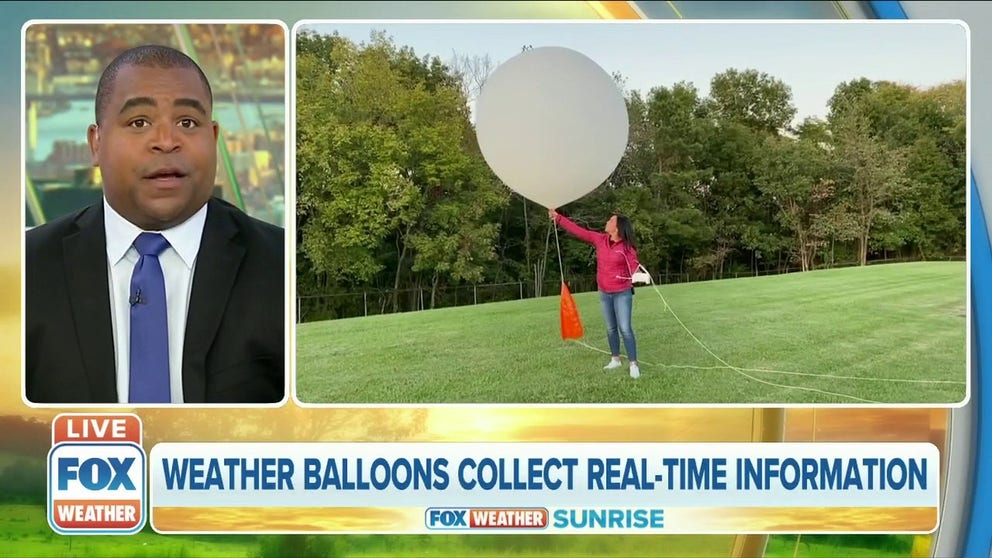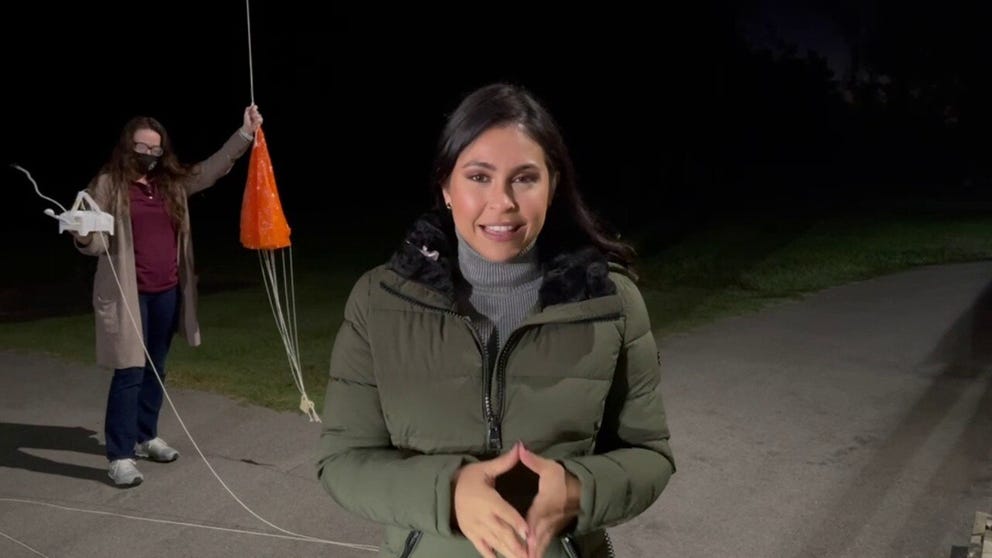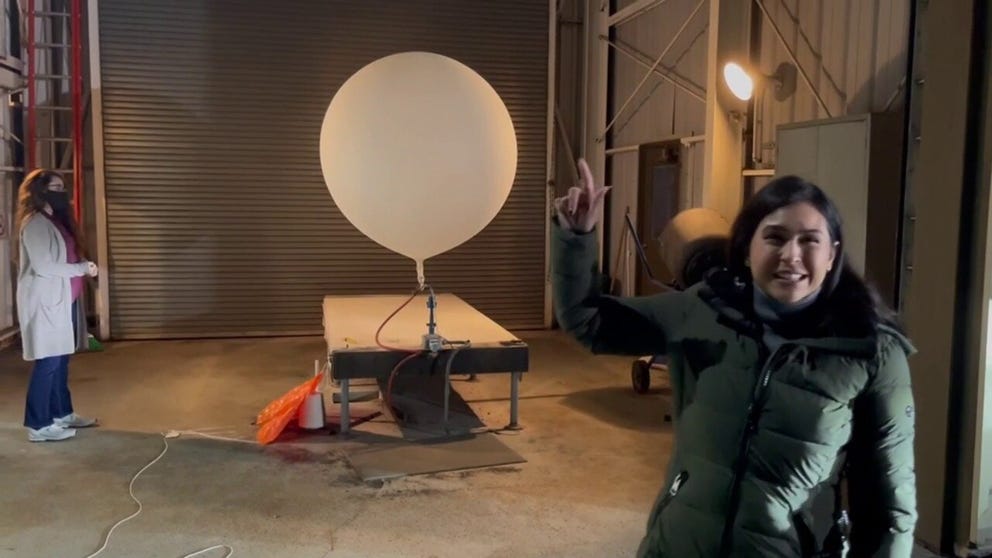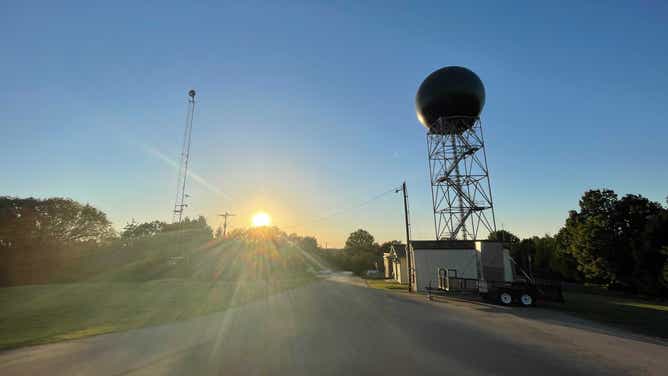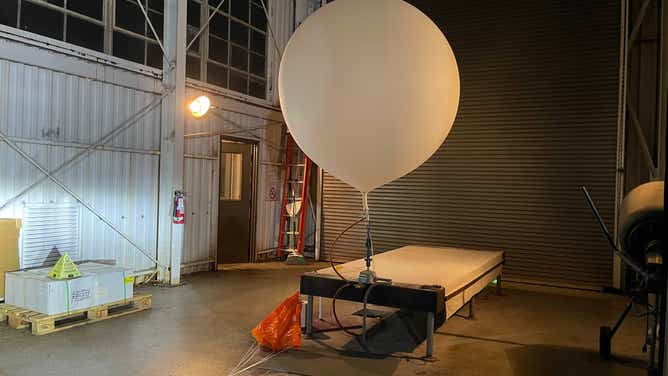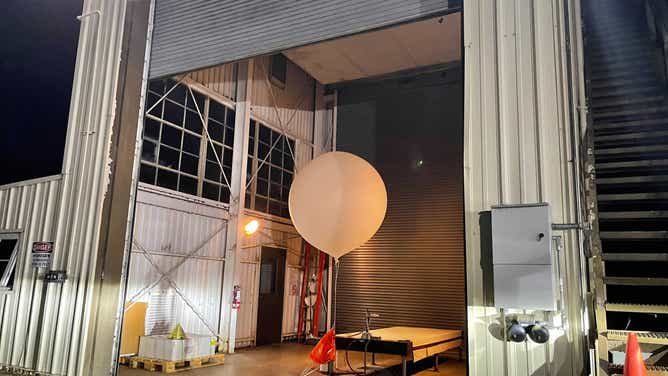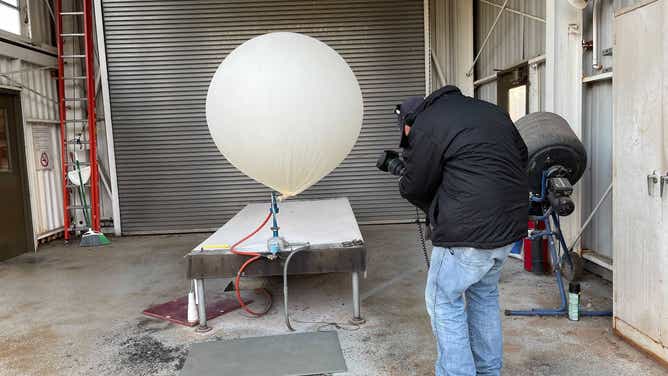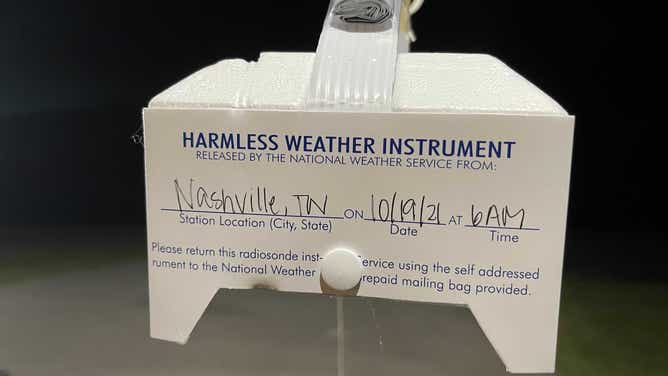Accurate forecasts would be almost impossible without weather balloons
Radar and satellite are a significant part of collecting that data, but weather balloons – while much smaller – are just as important
Weather balloons collect real-time information
Upper air observations at the National Weather have been performed in Nashville since the 1940s. The location is one of 92 NWS stations and one of almost 900 worldwide stations that launches weather balloons twice a day.
NASHVILLE, Tenn. -- Getting the forecast right means having accurate data from a trusted source.
Radar and satellite are a significant part of collecting that data, but weather balloons – while much smaller – are just as important. It’s why the National Weather Service office in Nashville, Tennessee, does it every day, twice a day, along with dozens of other offices across the United States.
What is a weather balloon?
What does a weather balloon do exactly? Learn what a weather balloon looks like and how they collect real-time data in the sky on winds, pressure, temperatures and moisture.
The process starts with getting the balloons filled up with hydrogen. They’ll expand to about 4 feet by 4 feet. The team will then seal it with a string and attach a small parachute. They will also connect a small device called a radiosonde to read the temperature, humidity, dew points, wind speed, wind direction and more.
"It gives us a glimpse into what’s going on in the atmosphere, and that’s critical during severe weather events because we need to know just how unstable the atmosphere is leading up to a severe weather event. So, it can help us make decisions on whether we need to include certain counties in a Tornado Watch or a Severe Thunderstorm Watch. It’ll help us decide do we need to bring in extra staffing or not to prepare for the severe weather event," said Krissy Hurley, Warning Coordination Meteorologist at the NWS office in Nashville.
Weather balloons launched twice each day in Nashville
FOX Weather is committed to keeping you and your family up to date about changing weather conditions. Getting the forecast right means having accurate data from a trusted source. Nicole Valdes joins us from the National Weather Service station in Nashville where weather balloon launches are an important part of that effort.
The balloon can soar 20 miles into the atmosphere and expand to the size of a two-story house before it pops. It sends the real-time data back to the NWS and then translates it into your daily and weekly forecast models.
"When all that data comes in, that data is used to start the forecast models. So you’ve probably heard people talk about the different models, you know, the American model, the European model. We have short-range models. All of that data starts with this balloon launch," Hurley said.
Weather balloons carry device that reads temp, humidity, dew point
FOX Weather is committed to keeping you and your family up to date about changing weather conditions. Getting the forecast right means having accurate data from a trusted source. Nicole Valdes joins us from the National Weather Service station in Nashville where weather balloon launches are an important part of that effort.
Upper-air observations at the Nashville weather service office have been performed since the 1940s. The location is one of 92 NWS stations and nearly 900 worldwide stations that launch weather balloons twice a day.
In Nashville, the balloons are launched at 6 a.m. and 6 p.m. during Daylight Saving Time and 5 a.m. and 5 p.m. during Standard Time.
Making sure it’s done at that time is crucial. Every station from Alaska to Guam are launching their balloons at the same time, so they’re all getting data in and sharing it with others simultaneously.
It costs about $200 per launch.
The instrument that collects all that data ends up somewhere after that balloon pops, but the NWS does go out and try to retrieve the devices. Each one is equipped with return instructions and paid postage if found. They encourage you to send it back to them, and the NWS will recycle parts from the device and use it again in a future launch.
